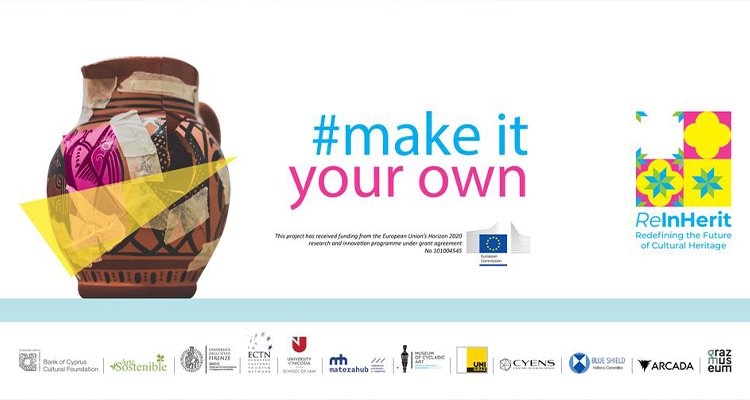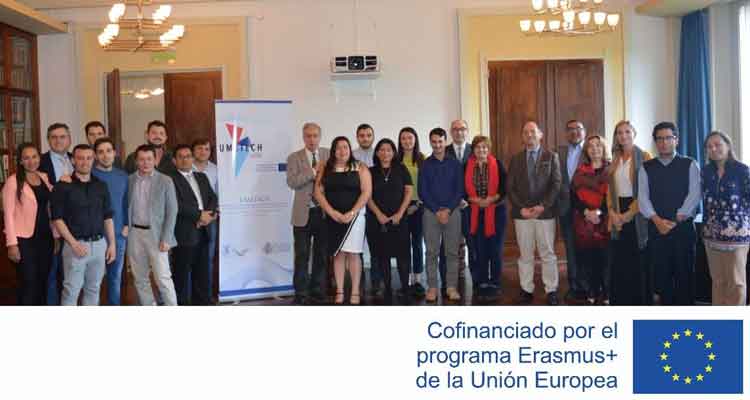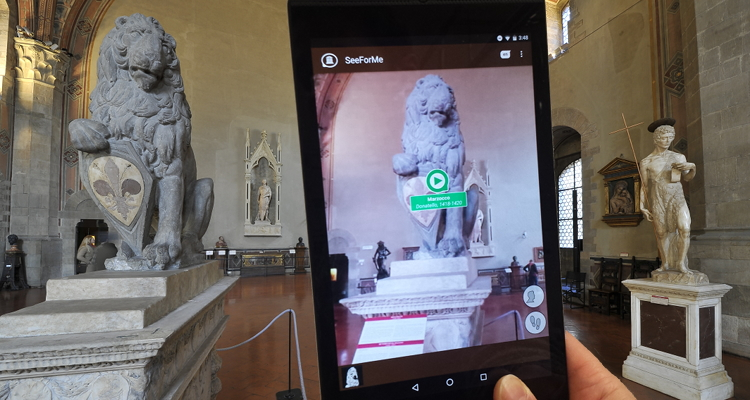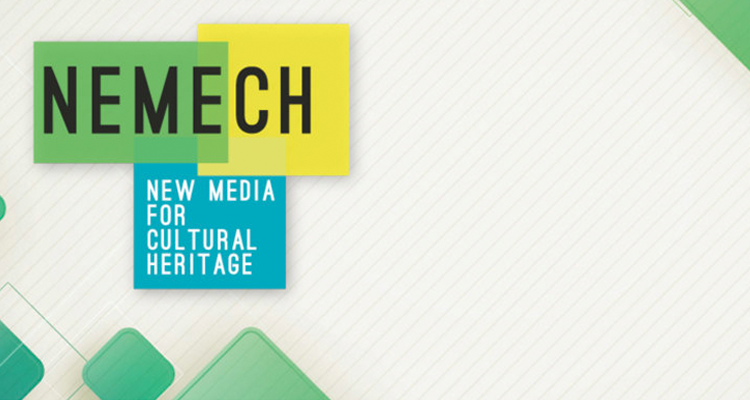Web and Multimedia
Projects
ReInHerit
Redefining the Future of Culture Heritage, through a disruptive model of sustainability
Mar 2021- Feb 2024
Funded by: the European Union’s Horizon 2020 programme
ReInHerit (Redefining the Future of Culture Heritage, through a disruptive model of sustainability) aspires to create a model of sustainable heritage management, which will foster a digital dynamic European network of heritage stakeholders.
UMETECH
Media Technology for Cultural Heritage
2017-2019
funded by: European Commission
This project aims to strengthen the role of Latin American Universities as instruments of social and economic development in the cultural heritage sector through the design and implementation of 4 competence centers on cultural heritage specialised in: smart computing, 3d, big data and human-machine interaction.
SEE FOR ME
A smart mobile audio-guide
2016-2017
supported by: Regione Toscana
Our smart audio guide perceives the context and is able to interact with users: it performs automatic recognition of artworks, to enable a semi-automatic interaction with the wearer. The system is backed by a computer vision system capable to work in real-time on a mobile device, coupled with audio and motion sensors. The system has been deployed on a NVIDIA Jetson TK1 and a NVIDIA Shield Tablet K1, and tested in a real world environment (Bargello Museum of Florence).
Video available here.
NEMECH – New Media for Cultural Heritage
Competence Center on Cultural Heritage
2013-today
supported by: Regione Toscana
NEMECH is a Competence Centre on cultural heritage established by the Region of Tuscany and activated by MICC – University of Florence .



